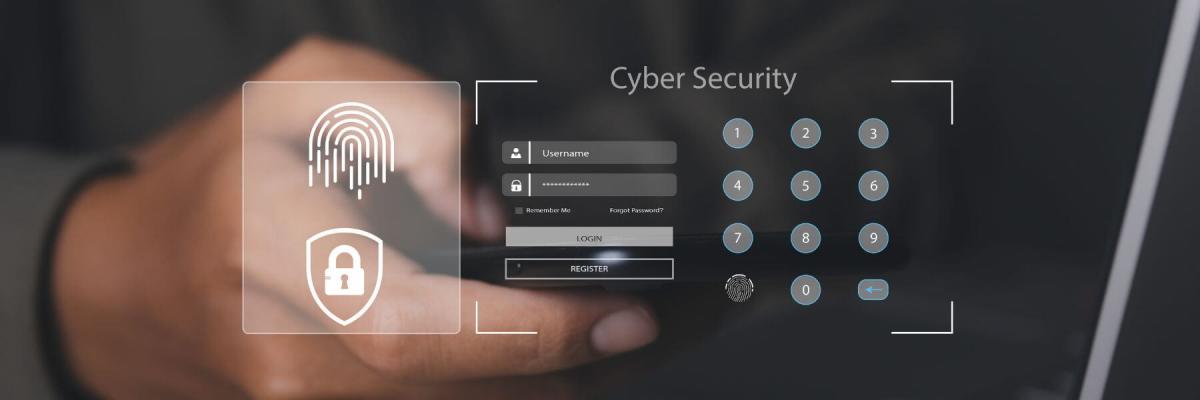
New year, new cybersecurity threats. The unfortunate truth is that cybercrime never stands still--but as long as you know where to look and what to prepare for, you can weather the storm with more confidence. Here are a few IT management tips to help prepare your cybersecurity for anything this year can throw your way.
The Current Cybersecurity Landscape
One of the many goals of IT management is to give you the tools, insight, and data you need to make better decisions. While most of that comes from inside your business, some are inherently linked to the outside world--especially when it comes to cybersecurity.
That's why IT management providers always keep an eye on the cybersecurity landscape. Here are a few common questions (and their important answers):
What Is Changing?
As technology advances, so too do the digital risks your company may face. Many of the biggest changes in the landscape will likely revolve around privacy--the protection of personal data on your browser, mobile phone, and more--as some of the biggest tech companies have already moved to make these improvements. In response, cybercriminals will likely get more creative to harvest your information (or even convince you to give it to them willingly).
Another key element--one you might not immediately associate with cybersecurity--is the state of the worldwide political landscape. As the impacts of unrest, inflation, and supply chain shortages continue to evolve, companies will have a harder time getting the resources they need to flesh out their advanced cybersecurity toolbox--and digital criminals, meanwhile, will be able to take advantage of uncertainty and difficulty.
What Will The Biggest Threats Be?
Although there's no way of knowing exactly what a new year will bring, you should keep an eye on threats like these:
- Ransomware: Ransomware is already a significant concern for businesses of all shapes and sizes, but it's poised to become even more relevant in the new year. Hackers are only becoming more sophisticated--which means their methods of installing and using ransomware are developing, too.
- Phishing: As employees become more stressed by an uncertain economic landscape, phishing attacks seek to exploit that concern. For example, a hacker may send an email posing as the CEO of a company--and employees, concerned for their jobs, may be more likely to reply.
- Targeted attacks: A complicated political and financial environment means certain sectors are likely to come under attack. Defense, education, aerospace, and other key industries may need to be particularly vigilant in 2023.
- Internal threats: When pressure rises, so too does the risk of internal disquiet. Employees have access to more kinds of technology--and more sensitive information--than ever, especially since the introduction of remote work; that means an unhappy employee could potentially do more damage than before.
Which Companies Will Be Impacted?
Although certain cybersecurity risks--like targeted attacks on industry leaders--might not impact smaller businesses, the truth is that everyone needs to keep their eyes open. Hackers will prey on any business that gets too comfortable or confident and overlooks IT management best practices.
Will New Defenses Be Developed?
The good news is that, although cybercrime will only get more complicated, cybersecurity can become more sophisticated, too. New tools and approaches--plus updates to the solutions you already rely on--will likely be released throughout the year, not only in response to growing threats but also as the tech world becomes more capable and creative.
Tips for Better Cybersecurity This Year
While the new year will certainly hold challenges for companies of all shapes and sizes, there are plenty of IT management tips to help make cybersecurity a priority:
#1: Stay Informed
One of the best things you can do for your cybersecurity approach is to listen. If you act on potential threats before they arrive at your door, you'll likely have plenty of time to prepare and protect yourself.
#2: Leverage Zero-Trust
Zero-trust security requires user authentication at all times, essentially "never trusting" that a device or individual is trustworthy just because they're within your network. Just make sure to use the right zero-trust solutions so cybersecurity is as efficient as it is reliable.
#3: Choose Cost-Effective Solutions
If you're looking for one solution that does it all, you need IT management. Your IT management provider will work with you to identify relevant threats, locate any vulnerabilities, implement the right tools and approaches, and even create emergency recovery plans.
In conclusion, there are plenty of possibilities for cybersecurity in every industry.
Worried about what your cyber security looks like? Contact us today to get started with IT management!
